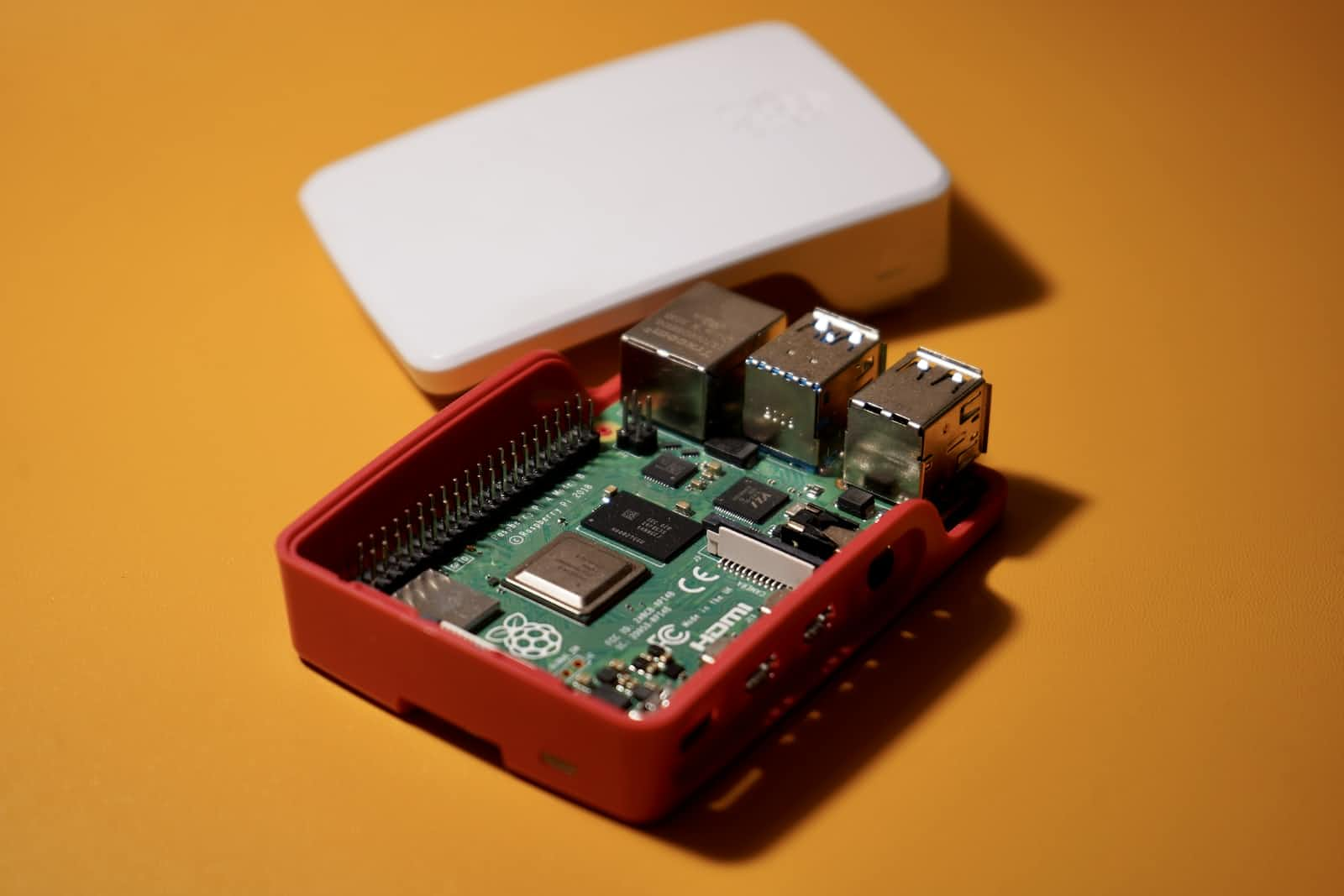Navigating the Basics: A Developer's Guide to Essential Networking Devices
 Hassan
Hassan
Overview
It is vital for developers to understand the basic devices that constitute the foundation of communication in the field of networking. Every device contributes differently to the development of a strong network infrastructure, from facilitating connectivity to guaranteeing data security. We'll examine the main networking equipment in this post, with an emphasis on the network adapter, switch, router, firewall, modem, and other devices, explaining their purposes and importance in the ever changing world of technology.
1. Network Adapter
The network adapter is the central component of any device that is connected. Network adapters enable connection between a device and the network, whether they are introduced as separate expansion cards or built into the motherboard of a computer. It converts digital signals into the electrical pulses required for data transport, translating data into a format that can be sent across a network. As a crucial part of any networked system, network adapters are frequently interacted with by developers during network configuration and connectivity troubleshooting.
2. Switch
In the OSI model, a switch is a networking device that functions at the data link layer. It joins several devices to a local area network (LAN) and forwards data solely to the designated recipient device by using MAC addresses. By establishing dedicated channels for communication, switches improve network efficiency as opposed to hubs, which broadcast data to every device connected to the network. Switches are valued by developers because they optimize data transit inside a network and reduce superfluous traffic.
3. Router
The internet's traffic directors are called routers. Routers choose the most effective way for data to go between networks while operating at the network layer of the OSI model. They accomplish this by using IP addresses to forward data packets across several networks, including the internet and a local network. Router configuration is a common task for developers. It allows them to control network traffic, apply security controls, and guarantee that devices on different networks can communicate with each other.
4. Firewall
Network security is critical, and firewalls protect the boundaries of networks. Based on pre-established security criteria, these devices monitor and regulate incoming and outgoing network traffic, permitting or prohibiting data packets. A firewall is a crucial line of protection against viruses, illegal access, and other online threats. It can be installed as hardware or software. Firewalls and developers work together to create safe network architectures and protect sensitive data.
5. Modem
An apparatus that converts digital data from computers into analog signals for transmission over conventional telephone lines is called a modem, which is short for modulator-demodulator. This process is reversed at the receiving end by the modem, which turns analog signals back into digital data. Even though the need for classic modems has decreased due to broadband technology, they are still necessary for DSL or dial-up internet connections. When setting up internet connections for legacy systems or debugging connectivity problems in places with sparse broadband infrastructure, developers could run into modems.
In summary
In the ever-changing realm of networking, developers have to manage a wide range of devices in order to create and manage reliable, effective, and safe networks. Together, the network adapter, switch, router, firewall, modem, and other crucial parts enable smooth communication, maximize data transfer, and guarantee the integrity of digital environments. Developers will be at the vanguard of innovation as technology develops further, utilizing and modifying these networking devices to build the networked systems that drive our digital world.
Subscribe to my newsletter
Read articles from Hassan directly inside your inbox. Subscribe to the newsletter, and don't miss out.
Written by
